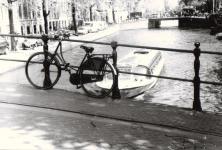|
Zion Simili-Jumelle |
Manufactured or assembled in France from (Circa) 1897 to (Circa) 1898.
Index of rarity in France: Infrequent (among non-specialized garage sales)
Inventory number: 7240
See the complete technical specifications
Chronology of cameras Zion
According to Etienne Gérard's classification, this is the 1897 model, with Enjalbert-type pocket magazine and folding viewfinder, 9 x 12 cm version (reproduced on page 35 of the mentioned book).
Here is a description of a similar device made in 1895, taken from « Les Nouveautés photographiques : complément annuel à La théorie, la pratique et l'art en photographie /by Frédéric Dillaye. 1895.”
“ Mr. Zion's Simili Jumelles provides images of the 6.5 x 9 cm format. It is obvious that the lens is provided with a shutter which cocks without uncovering the plate. This is now the sine qua non condition and also the ABC of the shutters of the hand-held darkrooms. The lens is located on the body front of the chamber which is movable and actuated using a rack and a pinion which allow the adjustment of the focusing according to the distance from the object. The variation in focal length and the position that the lens must occupy to operate between 2 and 10 meters are indicated by a needle placed on the side of the camera. A screw adjusts the shutter speed, and in all good conscience, it does not adjust anything at all, since the speed variations thus obtained are too insensitive to be really taken into account in practice.
The magazine contains twelve plates. They are changed by means of an extractor. To operate, we open a metal hatch placed on one side of the body and pull the extractor until resistance is encountered. The plate is then half-engaged in a leather bag like in some English detectives. So, with the hand, we lead it and we slide it behind the others. I have never prized very much this method of proceeding which is fruitful in trial and error and scratching. "
There is a fairly similar model, but our copy is differentiated by the fact that:
- the lens / shutter unit is not mounted on a drawer
- the disc which allows you to view the focus is on the right and not in the center of the cover; a second viewfinder is attached to the rear of the device; the plate extraction / change hatch is on the right and not on the left of the magazine.
For the rest, the technical characteristics are identical, in particular the presence of an internal bellows which ensures a perfect seal against the light in the interior of the camera during the displacement of the front part for the focusing.
It is equipped with a Zion Anastigmatic lens n ° 1517, identical to the serial number of the camera, which allows its manufacture to be dated between 1897 and 1898. The diaphragms (iris between the two lenses of the doublet) are numbered 2, 4, 6, 8, 10, 15. Since the focal length is assumed to be around 135mm for this format, they could be between f / 9 and f / 54. The four speeds (marked 1, 2, 3, 4) for the snapshot are selected by a small disk on the front. It is an original piston system which determines the speeds, without great accuracy to be true.
It is not excluded that in place of the back there was the possibility of placing a ground glass for a shooting on foot. An advertisement in a newspaper dated 1902 offers, used, for 175 Frs a "jumelle Zion 6.5 x 9cm format, with removable magazine, folding viewfinder, anastigmatic lens with ground glass and a curtain frame." Indeed, the shutter, actuated by the pull tab with a ring on the side, is two-stroke: the shutter is pulled halfway open and therefore allows focusing on ground glass; fully pulled, it is cocked for triggering.
The focus button operates the rack which moves the front plate and, simultaneously on the cover, a needle in the center of a circular scale.
From 1893, Joseph Zion filed a full patent for a hand-held camera so-called Simili-Jumelle, in which he described the principle of the pull tab shutter with double steel lamella, as well as the principle of changing plates through a side leather bag attached to the magazine. The principle is based on a slatted curtain which serves as an extractor: on the operator side, the shutter is in the closed position for shooting; once this is done, you have to open the hatch (on the right) which releases the chamois leather bag; the curtain is then pushed to the left, and in doing so, it pushes the plate exposed in the bag to the right; the operator then grabs the plate through the bag and slides it behind the others; the number of the exposed plates appears in an inactinic window; we then put the bag away and close the trap door and the curtain. The new plate is ready for the next shot.
The attached diagram (taken from a magazine of an undetermined period) has been colored to show the principle: the curtain is colored red and the moving plate is green.
It must be admitted that this system is not very practical and requires a certain dexterity. Judging by the repeated stitching on the bag, it is likely that the angles of the metal frames tore it regularly. It is also necessary, in total darkness, to load the plates correctly, since the curtain pushes them through a shoulder. Otherwise, the glass plate would be pushed and would not resist the maneuver.
The skin bag will subsequently be replaced by a "metal pocket", then by a "magazine frame", which consists of a rigid drawer, the retracted plates falling by gravity into the latter. This drawer magazine will see several improvements, facilitating the retraction and the installation of the plates.
Between 1894 and 1902, Etienne Gérard lists 36 models of Simili-Jumelles, 8 of which were stereoscopic.
Bibliography: Zion, histoire et production, Etienne Gérard, Les Fondamentaux n° 41-42, Club Niepce Lumière, 2012.

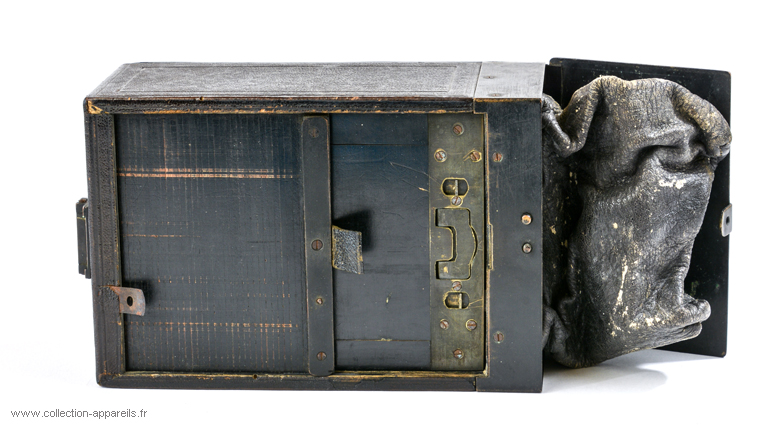
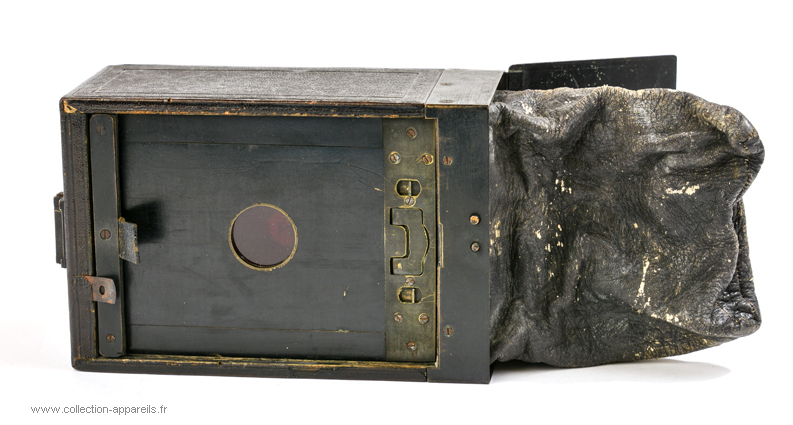
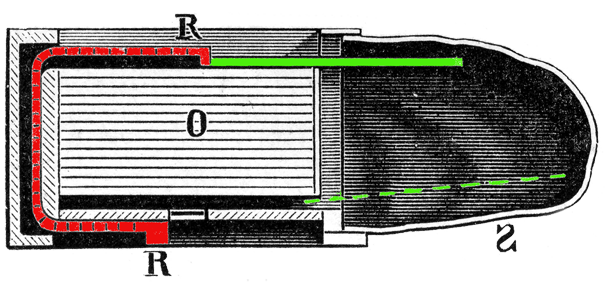
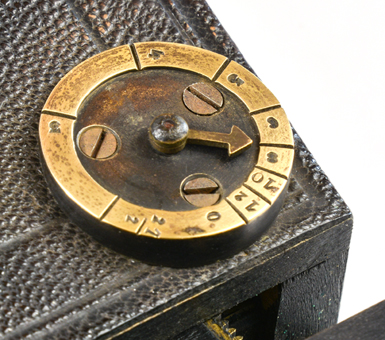
Zion history (by Etienne Gérard)
Summary of pages 290 and 291 of Étienne Gérard's book: "Les jumelles photographiques françaises" Club Niépce Lumière ISBN 979-10-91258-05-0 (out of print)
Joseph Zion (5/15/1855 - 10/17/1933) was native of Russia, he settled as a mechanic at 3, rue de quatre fils in Paris. He married there on September 20, 1879 and had six children. He filed the patent for a shutter in 1885, which he manufactured in his workshop at 7 rue de Jouy. He was a member of the SFP (Société Française de Photographie) from 1888 to 1900.
On July 20, 1890, he joined forces with J. Munch in the company J. Zion et Cie operating the Le Factotum brand. Development of a first “Le Cosmos” stereoscopic shutter, and of an anastigmat lens “Anastigmatique” in 1892.
In 1893, patent for the Simili-Jumelle (France and Switzerland) in 6.5 x 9 cm format with presentation to the Photo-Club of Paris (March 7, 1894) and to the SFP (April 6, 1894). The couple Joseph - Jeannette obtained French nationality in December 1894.
In 1896, he filed a patent for a cinema device, the Mouvementoscope, and, with Eugène Gauthier, the patent for the Mouvementograph, a device for processing and projecting animated scenes.
In 1898, he produced a line of detective cameras, partnering with Louis Lazies and Georges Victor to establish an industrial site at 14, rue Pelleport. The association broke up on August 23, 1900 and Joseph Zion moved to 140, boulevard Richard Lenoir. (Bronze medal at the Universal Exhibition of Paris 1900).
He marketed the Stéréo-Bijou, then in 1904, the Zionscopes in a folding version.
Declared bankrupt in October 9, 1909, he was granted a seven-year arrangement on July 29, 1910. In 1911, the Zionscopes series became rigid (6.5 x 9 cm format) and the 4.5 x 6 cm model was of the klapp type . He also produced the Star-Stereo that can be used as a viewer.
End of 1912 - beginning of 1913, he leaves the sale to his eldest son Edmond who settles 30bis, rue Bergère. The latter filed in 1914 a patent for a plate magazine, while his brother Maxime started an apprenticeship in the construction of cameras.
It was in 1913 that the Zionscope 45 x 107mm type H was released, copying the design of the Vérascope, and the Zionscope type V in 6 x 13cm format, as well as a 6.5 x 9cm format model. In 1914, it was the 6 x 13 cm stereo-panoramic Zionscope which was proposed, equipped with the new patented magazine.
During the war, Zion supplied binoculars to the army, and got closer to Photo-Plait which distributed, from 1917 to 1921, the Zionscope 6.5 x 9 cm and the Platoscope 45 x 107mm.
At the end of the war, Edmond moved to 8, rue Haxo, while Joseph released the Pocket (1923) and Pocket Z (1927) in mono 6.5 x 9 cm and stereo 6 x 13 cm. These cameras were equipped with trade lenses.
In 1928, Joseph handed over to his son Edmond, the company becoming: Ed. Zion & Cie, all activities being grouped together at 140, boulevard Richard Lenoir.
Edmond works with his brothers Maxime and Lucien, producing the Pocket Z in mono or stereo klapp type and some stereoscopic jumelles. The company will be declared bankrupt in December 1932.
In 1935, Edmond and Maxime opened an optical store at 90, avenue de Neuilly, in Neuilly s / Seine.
Edmond and his wife were deported to Auschwitz on June 30, 1944 and died there on July 5.
After the war, Maxime and his wife took over the business at 90 Avenue de Neuilly and died there in February 1972.
Lucien died in 1991 at the age of ninety-eight in Le Raincy, in Seine Saint-Denis.
Some patents
Patent n° 7587, filed in Switzerland by Joseph Zion, October 28, 1893, for an automatic viewfinder for cameras of all systems

Patent n° 11 302, filed in UK by Joseph Zion, june 8, 1895, for Simili-Jumelle.
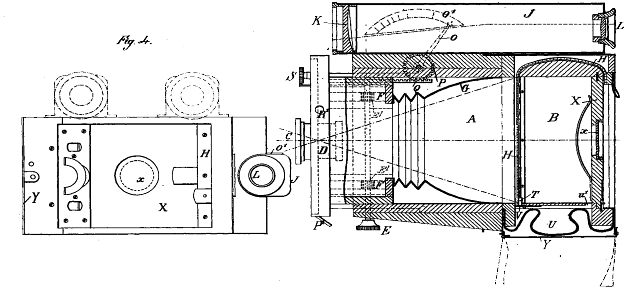
Patent n°338 597, filed by Joseph Zion, décember 31, 1903, for jumelle photographique pliante.

Brevet n° 464 925, déposé par Edmond Zion, le 14 novembre 1913, pour un magasin photographique à tiroir.
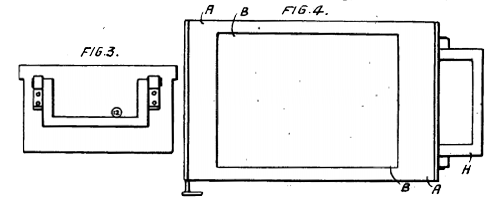
Interesting links or bibliography :
Add a link or element of bibliography, a picture taken with this camera, a picture of box or an ads about this camera
Your photos taken with the same camera:
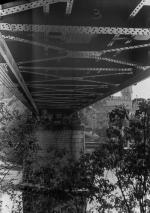
| 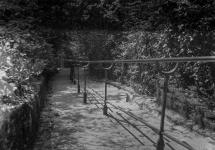
|
Cameras from Ebay France (Zion) (Uploaded each 3 hours)






